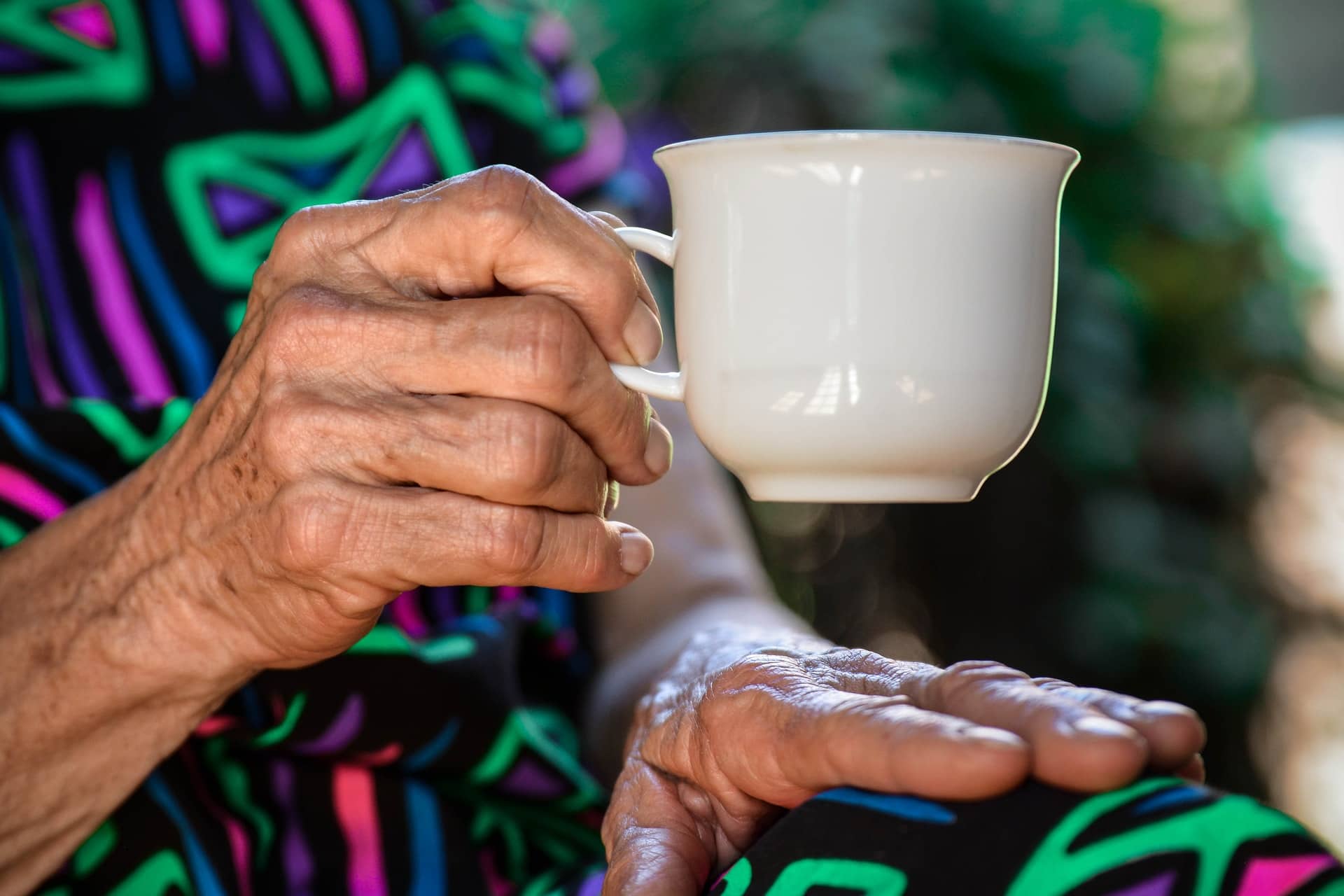
Assisted Living vs. Nursing Homes
Finding the right senior housing is no easy feat. In particular, it’s challenging to know what your loved one’s needs are now and what they’ll be in the future. The choice between assisted living vs. nursing homes is a common dilemma for families looking for the best long-term care solution. Assisted living vs. nursing homes may have some overlap, but they’re focused on different areas of care and level of amenities. Let’s take a deep-dive into assisted living vs. nursing homes so you can make a more informed decision about your senior housing.
How do I decide between assisted living vs. nursing homes?
Senior housing is a life-changing decision. It’s important to consider all the factors in order to find the “best fit” for you or your loved one. Some key considerations include:
- Your health, i.e. need for specialized care
- Your safety when unsupervised
- Your ability to do daily tasks such as bathing and dressing
- Your ability to cook and do errands
- Your current caregiving situation
- Your level of isolation or loneliness
- Your insurance and finances
All of these factors play a role in deciding what senior housing may be best. You should carefully analyze each area and understand your priorities.
About nursing homes
Nursing homes have a bad reputation, but they’re excellent in terms of providing 24/7 specialized nursing care. Many care facilities have also improved in recent years to provide a more holistic experience for seniors, including recreational activities.
Profile: The nursing home provides a 24/7 level of care for seniors who require specialized care, due to chronic illnesses such as heart disease, cancer, diabetes, stroke, arthritis, etc. Because the focus is on care, there aren’t usually extra amenities.
Housing: Nursing home living arrangements are typically private or shared rooms with some common areas available.
Amenities: Varies greatly depending on the facility. May include meals, housekeeping, laundry, transportation and recreational activities.
Staff: Daily 24/7 contact with nurse and/or health aide. Medication management, as well as more serious care plans for chronic illnesses.
ADL care: Provided daily, as seniors are too ill or injured to perform daily tasks.
Nursing care: Provided daily, as seniors are too ill or injured to live without 24/7 care.
Cost: $8,121/month for a private room or $7,148/month for a shared room (according to Genworth’s Cost of Care Survey).
Payment method: Nursing care is likely covered by Medicare, Medicaid, Aid and Attendance benefits, or private insurance. Other amenities will have to be paid privately (unless Medicaid).
Benefits: Daily specialized care and sense of community.
About assisted living
This senior housing is ideal for seniors who may require some nursing support, but not intensive care. Assisted living gives seniors help with daily tasks within a convenient facility that includes amenities.
Profile: Seniors who need some extra help with daily tasks and may have an underlying health condition that could get worse. They may also be feeling lonely and want to meet other seniors. Ideally, the senior would have some kind of health insurance (Medicaid or long-term care) to help cut costs.
Housing: Assisted living arrangements are typically private or shared quarters in an apartment building with some common areas available. Sometimes kitchenettes are available for home cooking.
Amenities: Meals, housekeeping/maintenance, laundry, transportation, and entertainment (e.g. social calendar, game room, fitness center, and more).
Staff: Daily contact with health aide and medication management, as well as communication system available for security/medical emergency.
ADL care: ADL care provided (bathing, toileting, grooming, mobility tasks, etc.).
Nursing care: Some nursing care provided for a continuum of care, often at extra cost.
Cost: $4,051 (according to Genworth’s 2019 Cost of Care Survey).
Payment method: Nursing care likely covered by Medicare, Medicaid, Aid and Attendance benefits, or private insurance. Other amenities will have to be paid privately (unless Medicaid).
Benefits: Daily ADL care and sense of community.
Example profiles of assisted living vs. nursing homes
Let’s look at some example profiles of seniors who are looking for new senior housing arrangements. These situations will help you better understand whether assisted living or a nursing home is right for you.
Situation #1: Jenny
Ever since she had a stroke, Jenny has struggled with mobility. She lost some motor functions and can’t perform daily tasks such as getting dressed or cooking meals. She also requires specialized physical therapy to relearn certain skills. During this process, Jenny is also feeling lonely and would like to make new connections with other seniors. Currently, Jenny has Medicare coverage and owns a small home.
Best choice: Nursing home. Jenny requires specialized nursing care for her stroke recovery. She’s also unable to care for herself (bathing, feeding, etc.), which is performed at nursing homes. If she finds a Medicare-approved nursing home facility, her short-term recovery care will be covered. However, for long-term care and other amenities such as meals and laundry, Jenny might consider selling her home.
Situation #2: Carlos
Carlos currently lives with his son. He was recently diagnosed with Parkinson’s disease, which is making it difficult for him to do basic tasks such as toileting or making breakfast. His son works at an office and is unable to help him during daytime hours. He’s also a bit lonely on his own. Carlos is worried what he will do if his Parkinson’s disease gets worse. He has Medicare and life insurance.
Best choice: Assisted living. Carlos needs some extra help to bathe and get dressed, which is included in assisted living. He could also benefit from amenities such as meals and recreational activities to make friends with other seniors. At an assisted living facility, Carlos will be able to get a continuum of care in case his Parkinson’s disease gets worse. Any nursing care will be covered by Medicare, though he will need to consider how to pay for ADL care and other amenities such as meals. He should check his life insurance to see if there’s a rider to use it for chronic illness.
Now that you have a sense of both assisted living vs. nursing homes, let’s compare the two in greater depth.
Comparing differences in depth
To help you understand the differences, we’ve created this comparison chart, so you can best find out which option fits best with your needs.
| Nursing home | Assisted living | |
| Housing | Private or semi-private apartment; room may be shared to cut costs | Living quarters are more spacious and home-like. Private or semi-private apartment; room may be shared to cut costs. |
| Amenities | Fewer amenities; standard meals and amenities are included. | More amenities, including meals, housekeeping/maintenance, laundry, transportation, entertainment (social calendar, game room, fitness center, etc.). |
| ADL care | 24/7 care | Included |
| Nursing care | 24/7 care | Some care included but costs extras |
| Cost | $7,000-$8,000/month | ~$4,000/month |
| Payment method | Nursing care covered by Medicare, Medicaid, Aid and Attendance VA benefits, or private insurance. Other amenities are usually privately funded. | Nursing care covered by Medicare, Medicaid, Aid and Attendance VA benefits, or private insurance. ADL care and amenities are usually privately funded. |
Conclusion
As you make your decision about senior housing, you should consider all these factors. While assisted living and nursing homes have some overlap, they are unique in their focus.
Remember that senior housing entails a wide range of options. You can learn more about senior housing options and other senior topics at My Caring Plan. Simply start your search for assisted living or nursing homes near you by entering your zip code.
Sources
- Independent Living for Seniors, HelpGuide, www.helpguide.org
Related Articles

Elder Law Attorneys: A Comprehensive Guide
If you are someone who is taking care of a senior or has an elderly loved one, you should consider working with an elder law attorney. Though you may not expect it, individuals begin to face new and more complex legal concerns as they get older. Actions that may have seemed trivial when they were […]

Respite Care: An Overview
Caregiving can be overwhelming at times. That’s why taking a break is essential for recharging your battery. Respite care, also called short break care, is a way for caregivers to get temporary care for their loved ones so they can take some time to rest. Getting this “me time” of respite care can renew the […]

When Is It Time for Assisted Living?
Wondering if it is time for assisted living for your loved one is a common question for caregivers. As a caregiver, you might have been considering the question for months or possibly even years. Your loved one might have declined to continue the discussion as the thought of moving out of their family home and […]

All About Adult Day Care: Community and Costs
Adult day care is a fairly new concept for caregivers. The basic idea is to provide a secure place where seniors can enjoy social activities during the day and be provided nursing care as needed. It’s a hybrid model of eldercare that prioritizes community. At the same time, seniors get help with common custodial tasks […]

An Overview of Senior Rehabilitation Centers
Recovering from injury or illness in your golden years may take time and support. That’s where senior rehabilitation centers become essential. If you need a temporary stay to recover from injury or illness, senior rehabilitation centers can be the solution to get expert care and daily support. In this article, we’ll give you an overview […]

A Caregiver’s Guide to ADLs and IADLs
This article has been medically reviewed by Dr. Martin Duggan in 2021. This content is not intended to be a substitute for professional medical advice, diagnosis, or treatment. Always seek the advice of your physician or another qualified health provider with any questions you may have regarding a medical condition. As a family caregiver, your […]